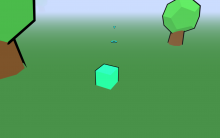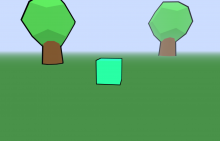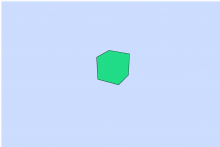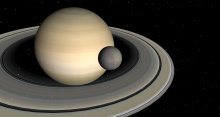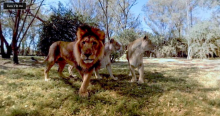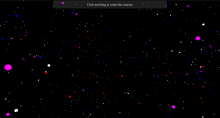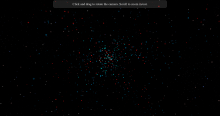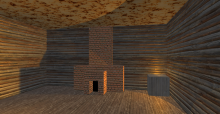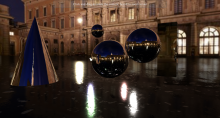Basic Threejs Game Tutorial Part 4: Moving 2
Introduction
In this article we are going to upgrade our movement system by adding a click indicator and touch capabilities so it can be played on mobile devices. The indicator will show the player's destination an area is right clicked and disappear when the player arrives at that location.
Let's Begin
We are going to start by adding two new variables for our indicator. The top and the bottom portions.
